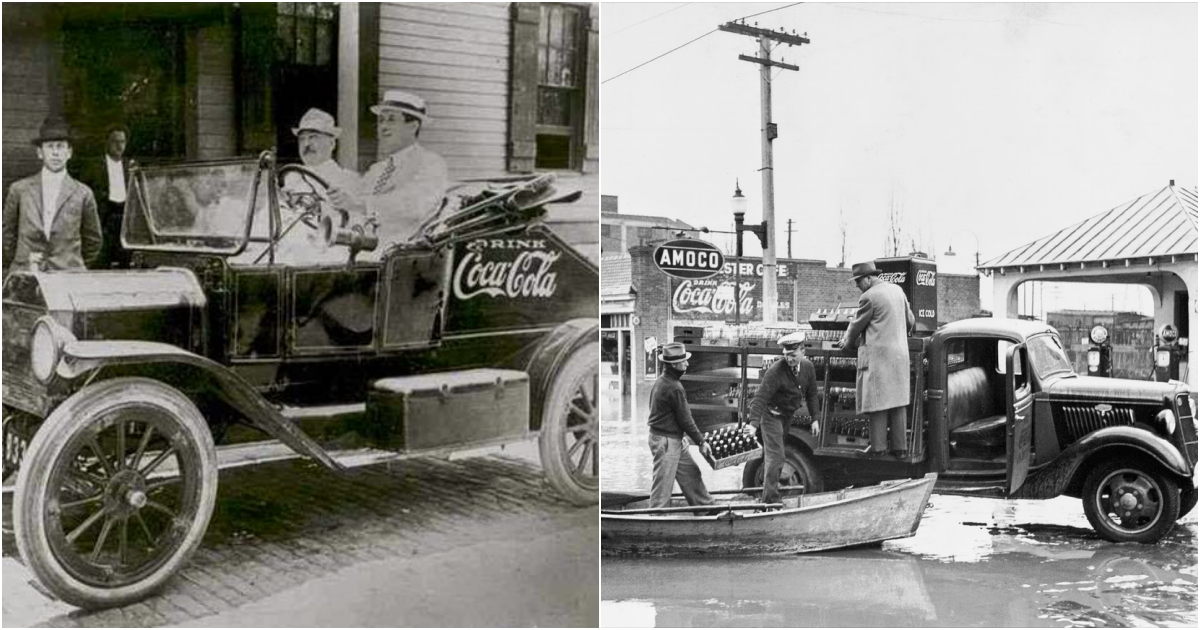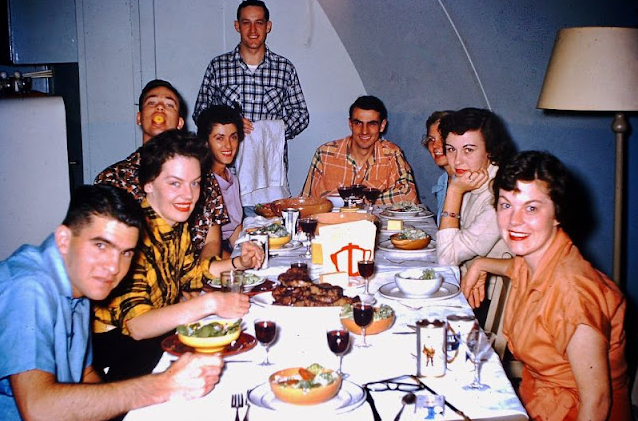In an era marked by industrialization, urbanization, and shifting consumer habits, small family-owned stores held a distinct place in the retail landscape.
These establishments, often run by local entrepreneurs and passed down through generations, offered personalized services, specialized goods, and a sense of community that larger retail chains struggled to replicate.
These photographs not only document the architectural appearance of these stores but also encapsulate the societal and cultural fabric of the time. One striking aspect of these images is the diversity of the shops themselves
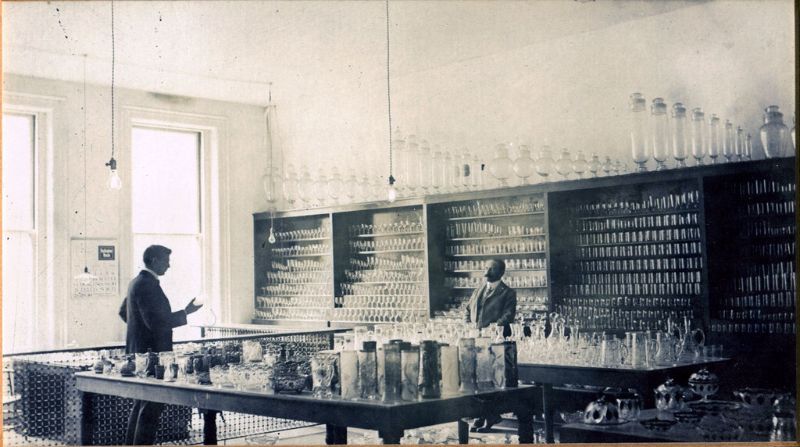
Art glass shop in San Francisco
Such stores encompassed a wide array of businesses, including neighborhood grocery stores, hardware shops, clothing boutiques, and corner pharmacies.
They were often intimate spaces where shopkeepers knew their customers by name, offering tailored recommendations, trusted advice, and a welcoming atmosphere.
These stores were more than mere commercial enterprises; they were gathering places, where locals congregated, exchanged news, and fostered a sense of belonging.
Family-owned stores adapted to the needs and preferences of their communities, sourcing merchandise based on local demand.
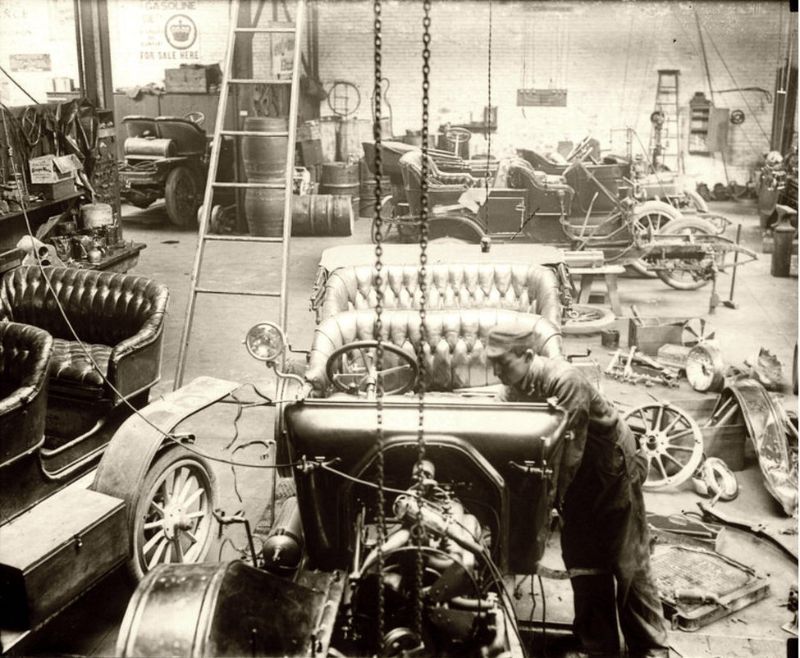
Auto repair shop, Whittier, California
While lacking the grandeur of department stores, family-owned establishments were characterized by a commitment to craftsmanship and personalized customer care.
Shopkeepers often had specialized knowledge of their products, ensuring customers received expert guidance and tailored solutions.
Whether it was a perfectly fitted suit, a prescription filled with care, or fresh produce personally selected, these stores were built on the foundation of trust, reliability, and customer satisfaction.
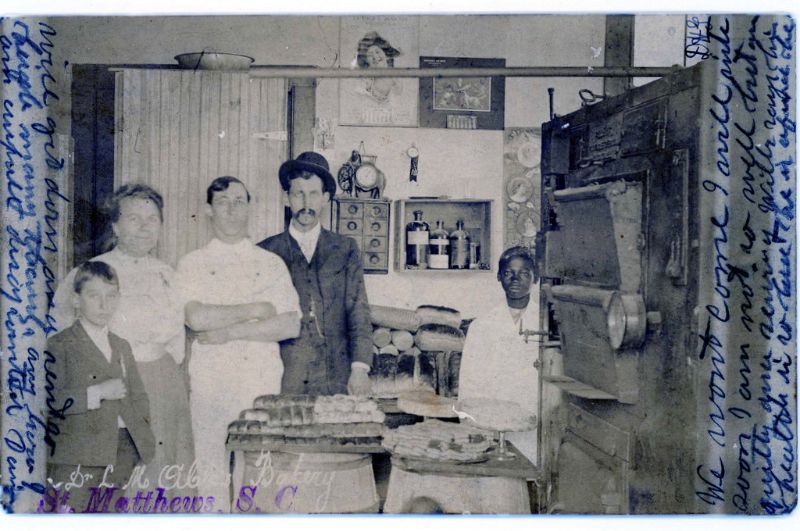
Bakery in St. Matthews, South Carolina
However, the early 20th century presented its share of challenges for these small businesses. The growth of chain stores and the emergence of mass production posed formidable competition.
The advent of automobile culture and the proliferation of suburbanization reshaped the geography of retail, shifting consumer preferences towards larger, more convenient shopping centers.
Small family-owned stores, rooted in urban neighborhoods, faced the daunting task of adapting to changing times or succumbing to market pressures.
Despite these challenges, many family-owned stores persevered, leaving an indelible mark on the history of American retail.
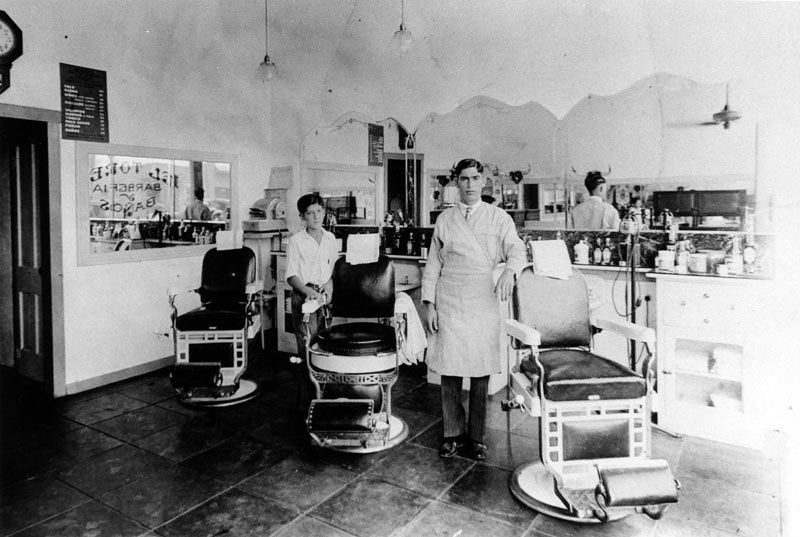
Barbershop in Los Angeles, CA
The Great Depression of the 1930s presented a significant challenge to small family-owned stores.
Economic hardships and dwindling consumer spending power forced many establishments to adapt and innovate.
Some stores began offering credit and installment payment plans to their customers, allowing them to make essential purchases during difficult times.
Others diversified their product offerings, introducing new lines or services to attract a broader customer base.
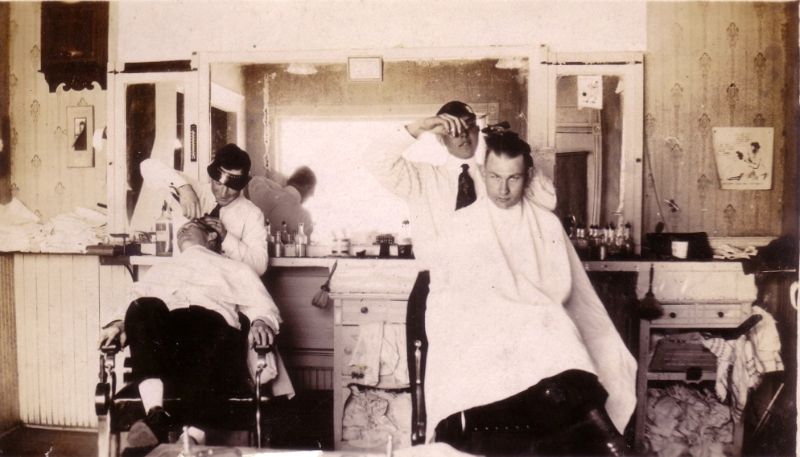
Barbershop, Canby, Minnesota
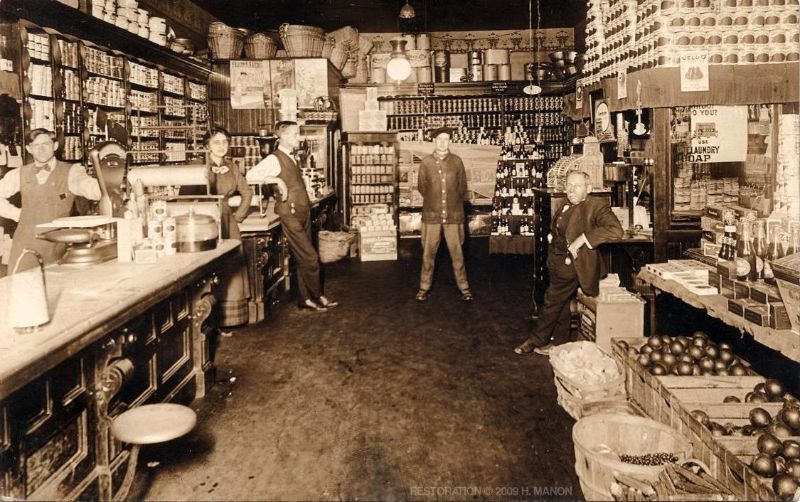
Charleroi City Grocery, 321 5th Street, Charleroi, Pennsylvania

Composing room in a print shop
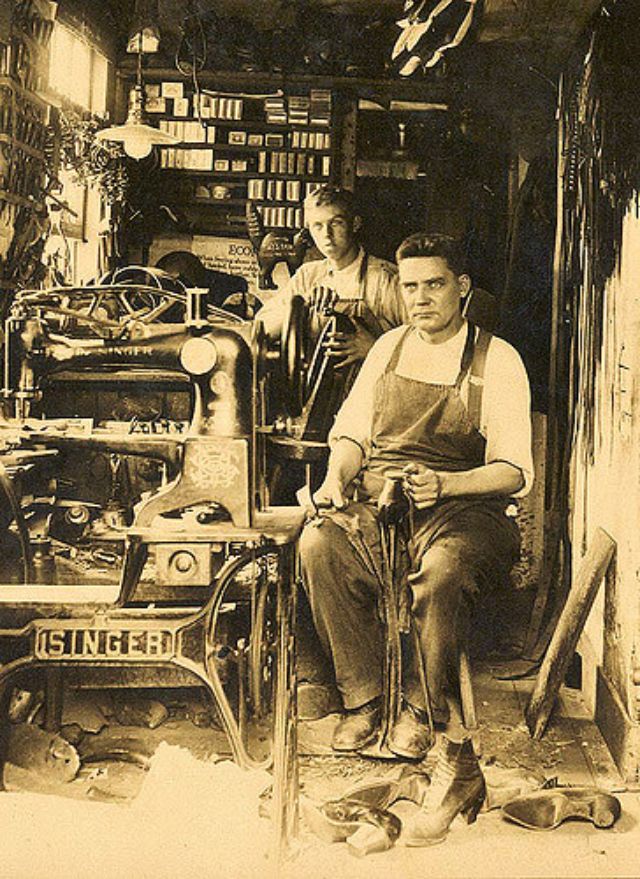
Father and son in their shoe repair shop, Unionville, Connecticut
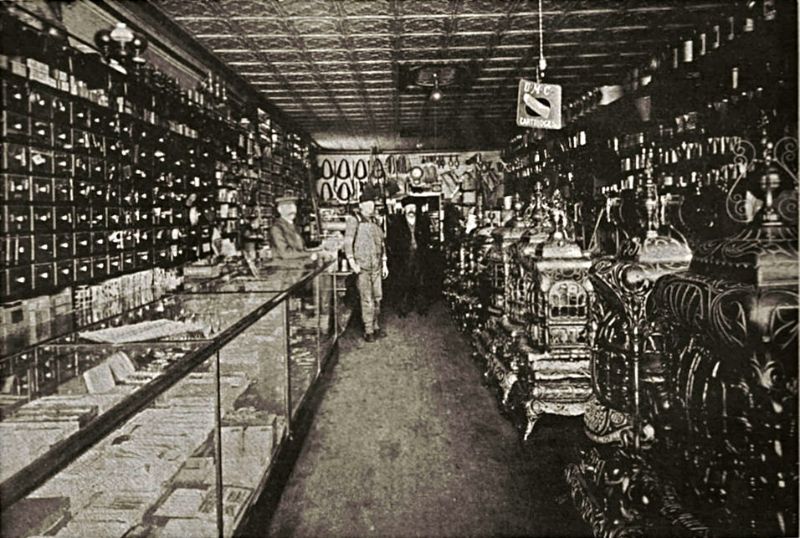
Fenske’s Hardware Store in Creston, Illinois
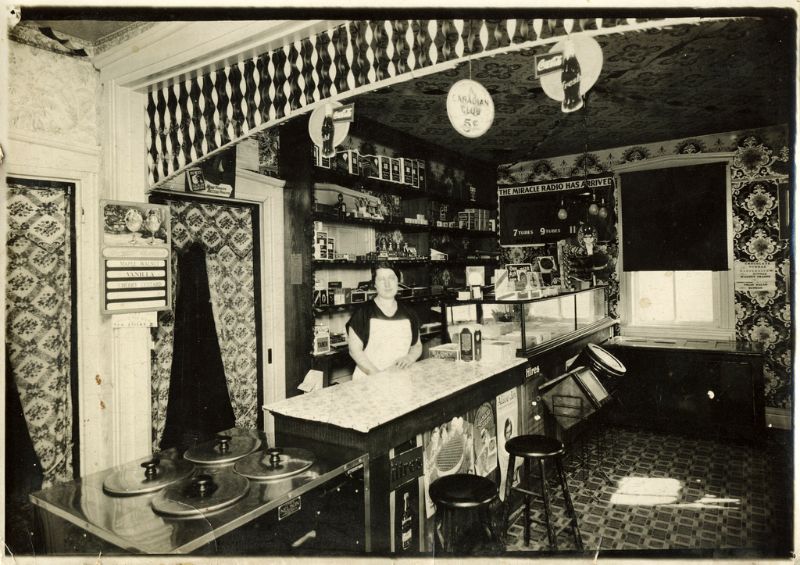
Ice cream, soda, candy & cigar shop in a small town, Berks County, Pennsylvania
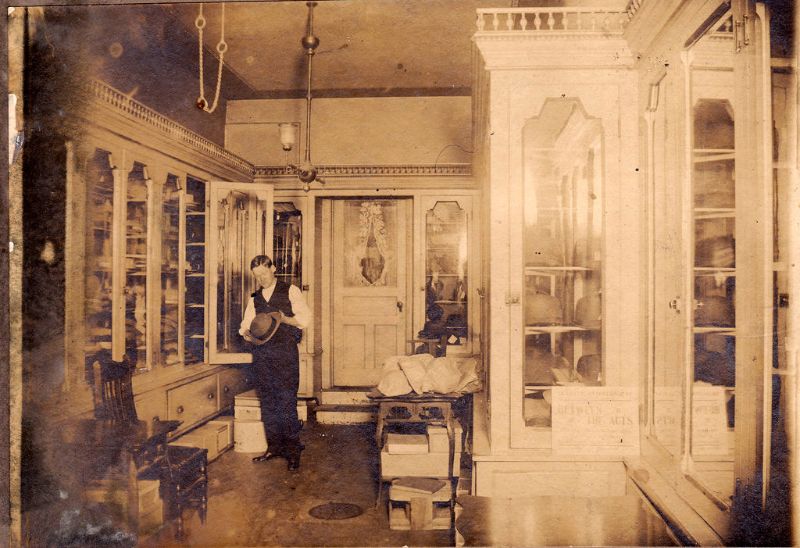
In the hat shop
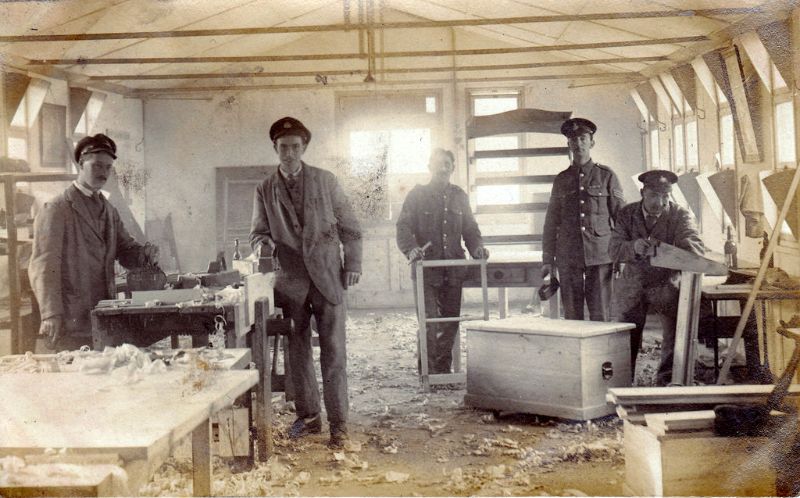
In the carpenters’ shop, Addington Park Military Hospital, London
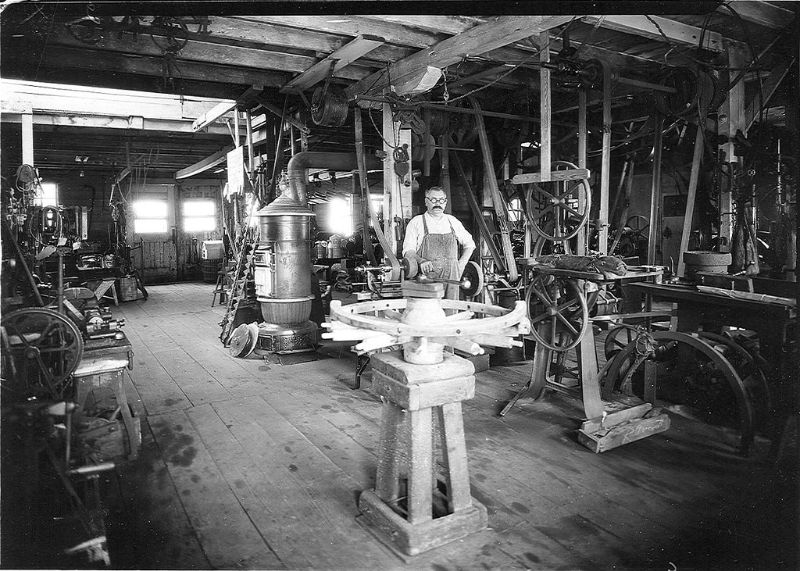
A blacksmith shop in Laurel, Iowa
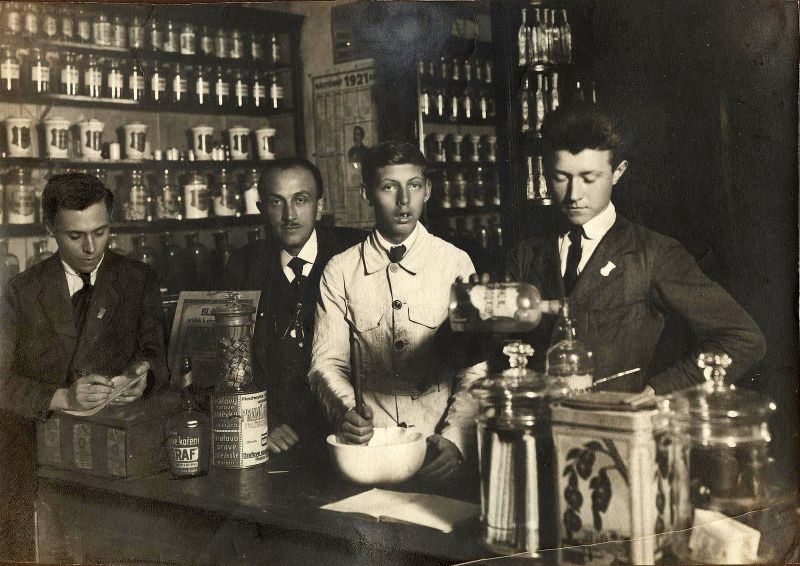
People at a drugstore in Kutná Hora, Czech Republic
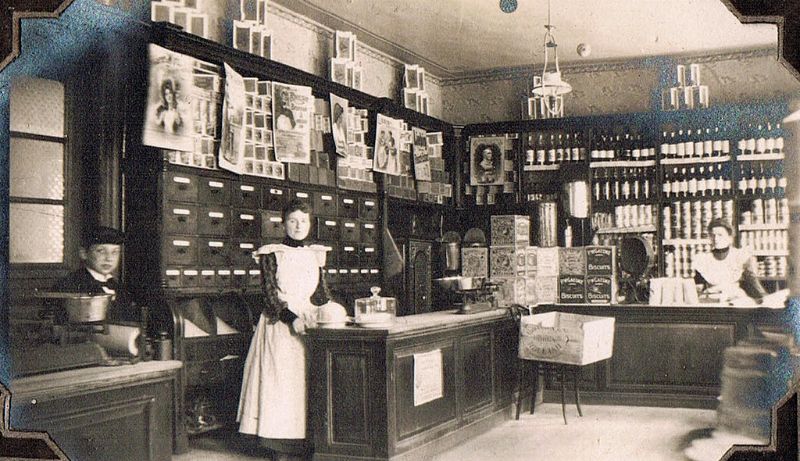
Inside a store in Germany from the early 20th century
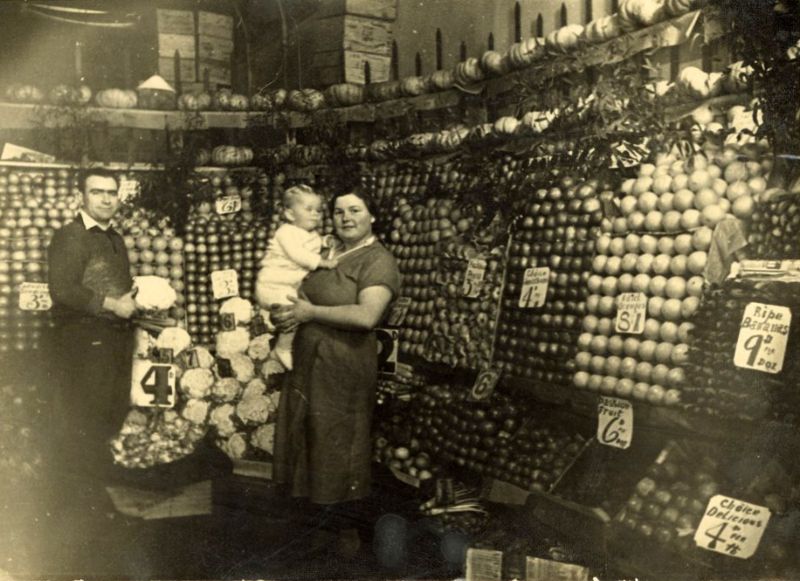
Man, woman, and child in a fruit and vegetable shop

Manhart Store interior, Plum Avenue, Sedalia, Colorado
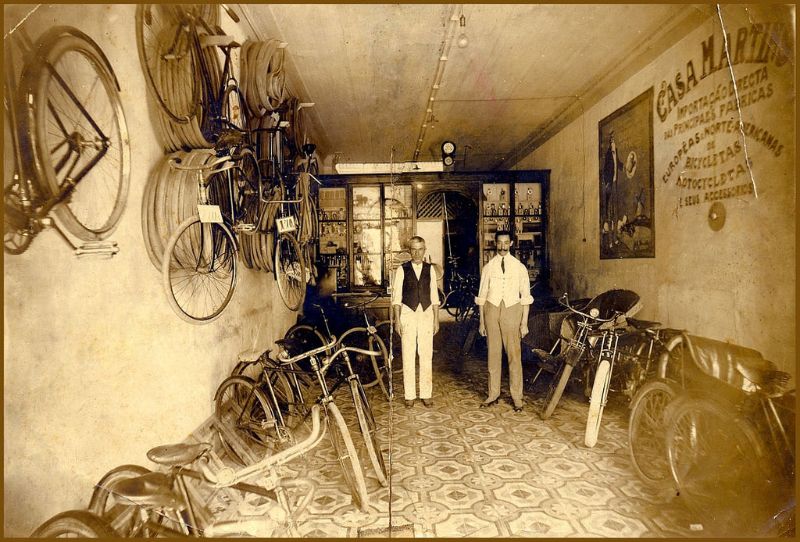
Martins Store in Rio de Janeiro’s downtown
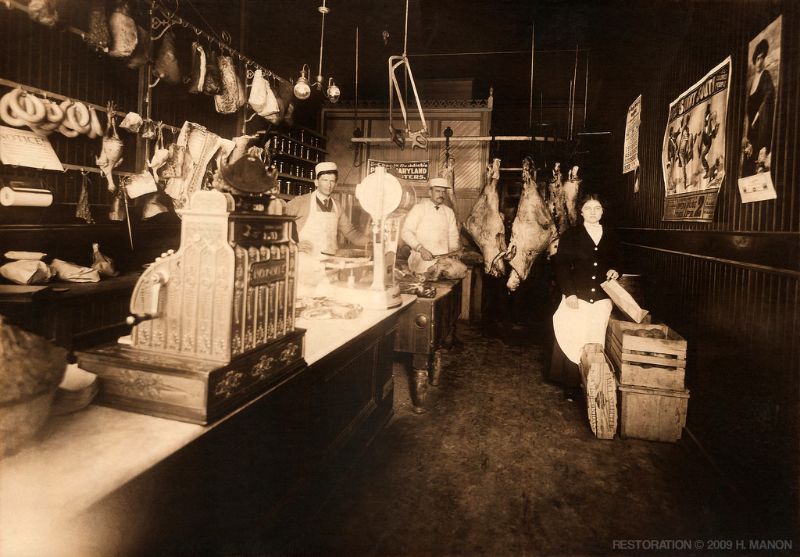
Pennsylvania butcher shop

People in a general store
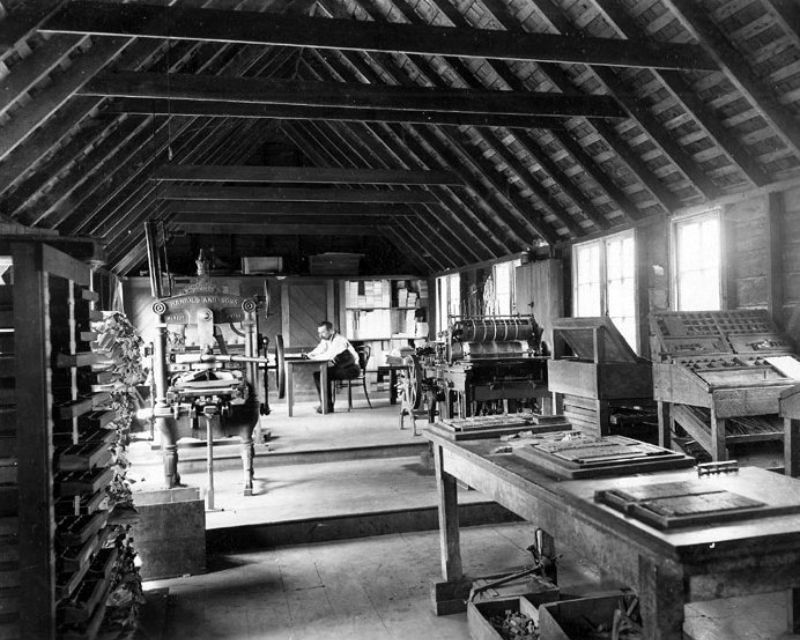
Printing shop on Norfolk Island
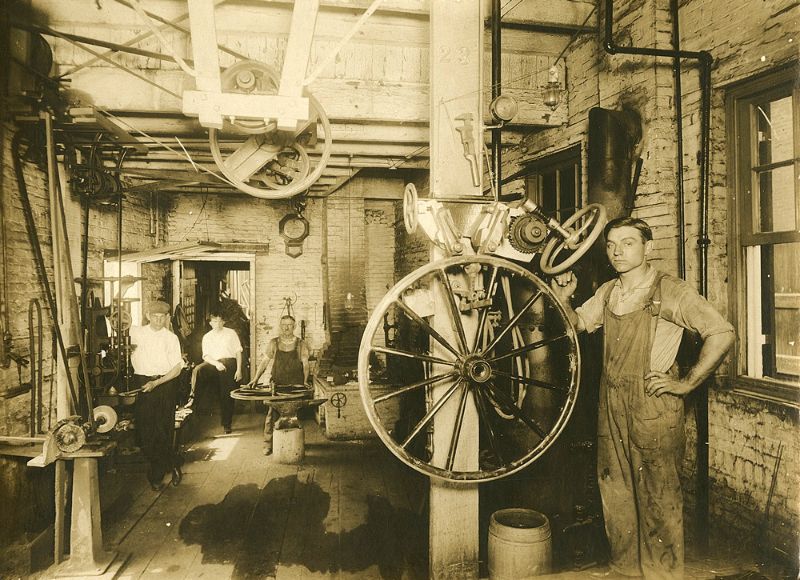
The wheelwright shop in the Carl Spoerer’s Sons factory located at numbers 901-909 South Carey Street, Baltimore
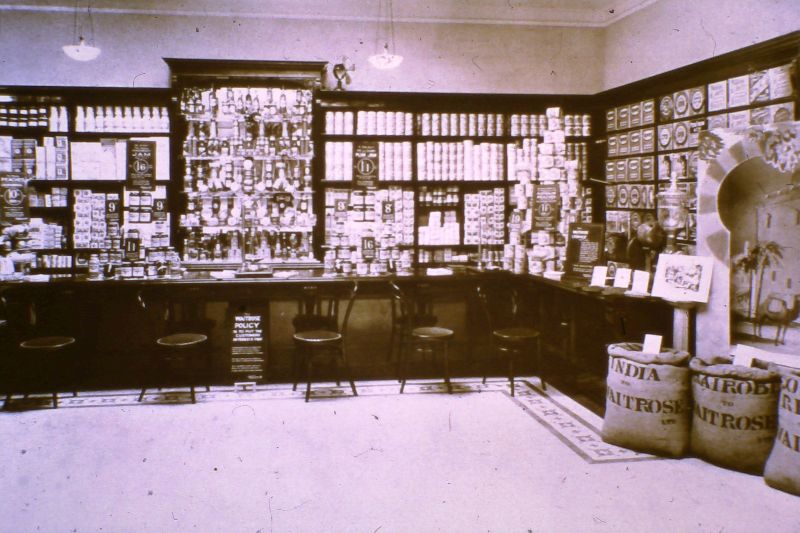
Waitrose store, Gloucester Road, London

A fruiterer in a white apron in his greengrocer shop
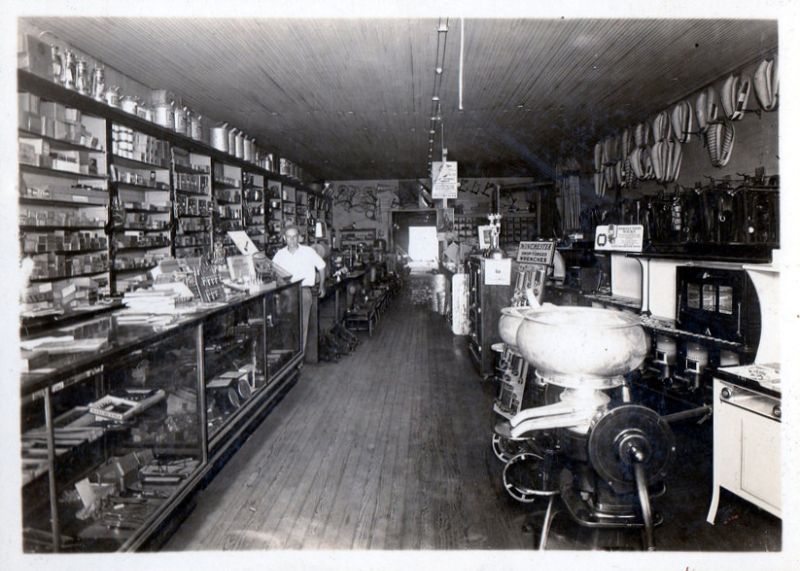
A hardware shop in Jet, Oklahoma
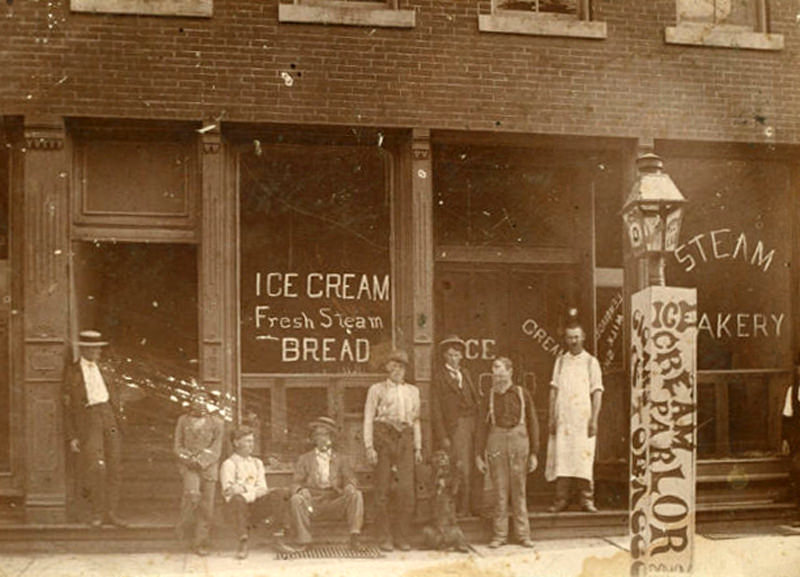
Ice cream storefront
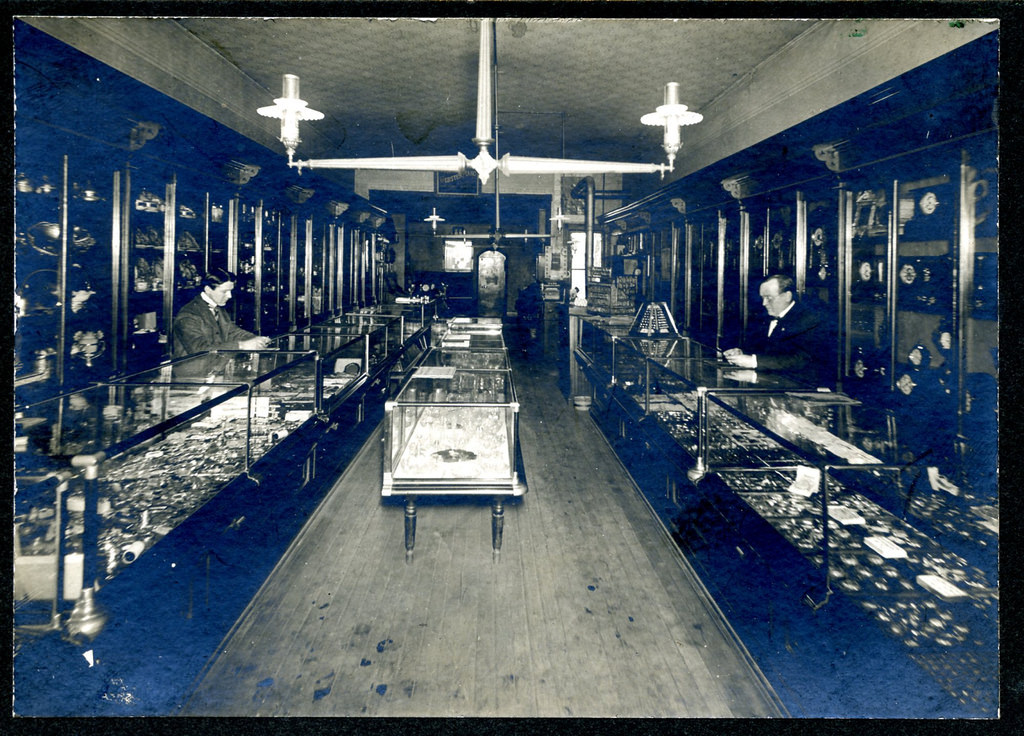
Jewelry store

Chinese store in San Francisco, CA
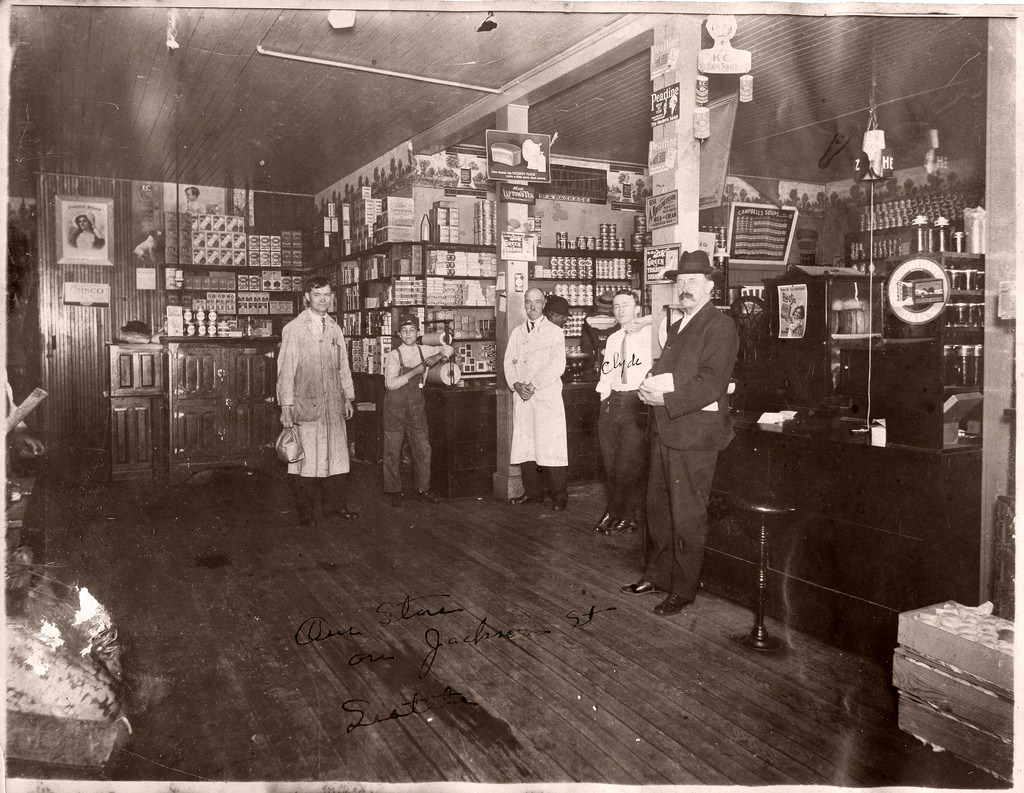
Clyde Meredith’s store in Seattle, Washington

F.B. Moors shoe store in Marysville, CA
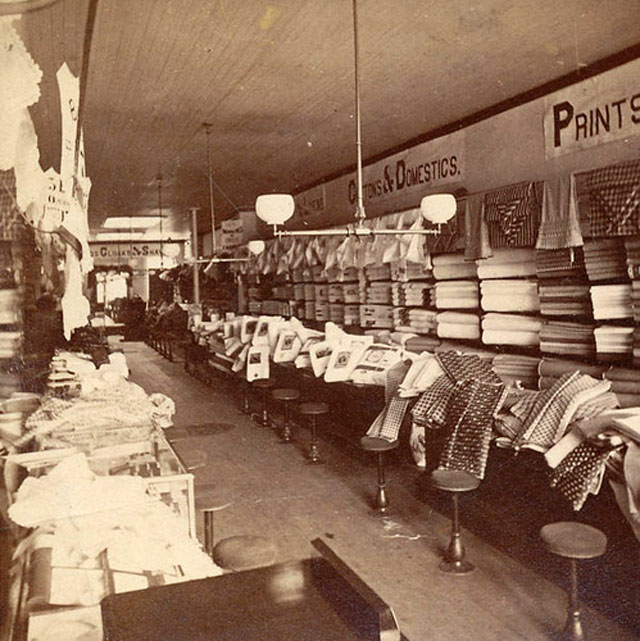
Fabric store in Pittsfield, Mass
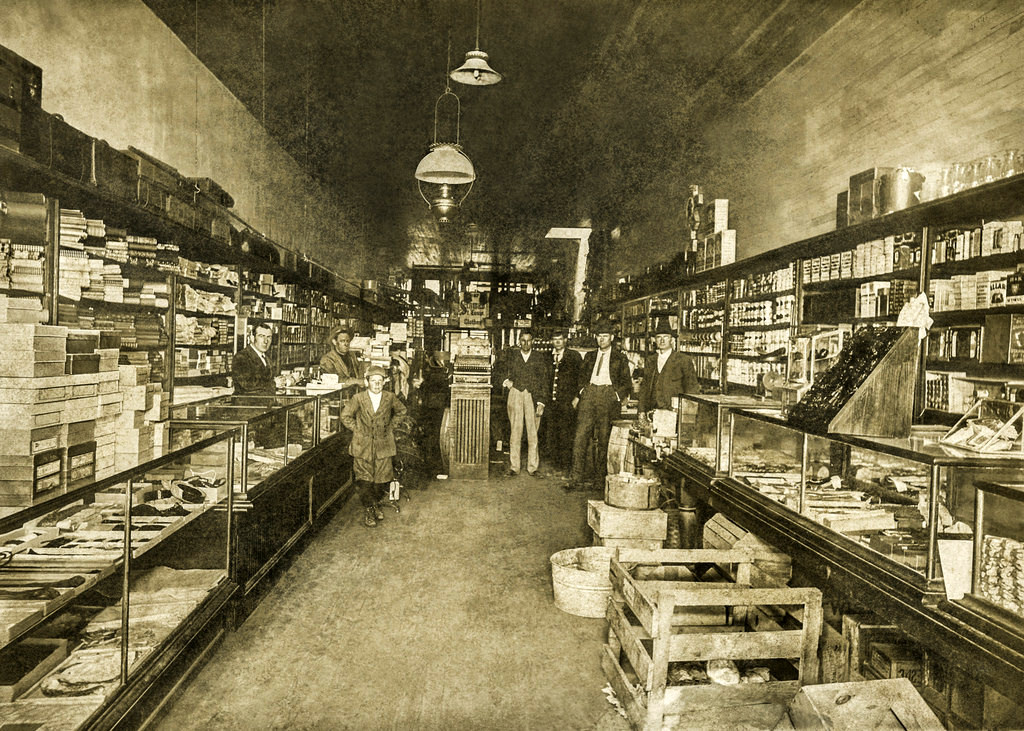
A general store in DeKalb, Illinois

General store
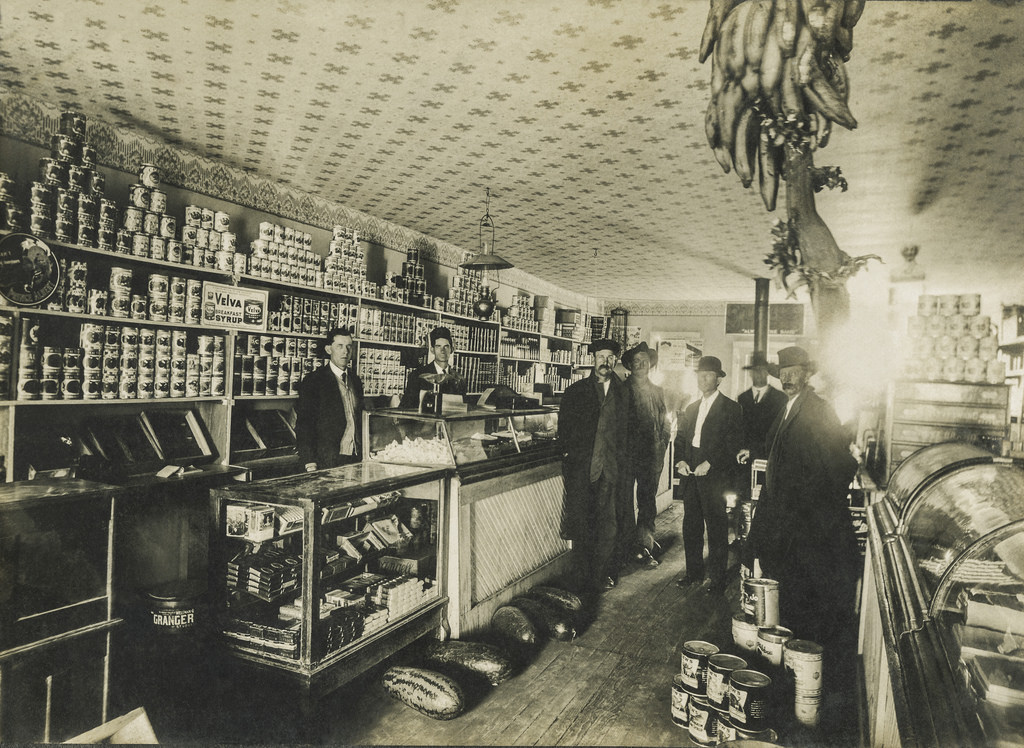
Dry goods store in DeKalb, Illinois

